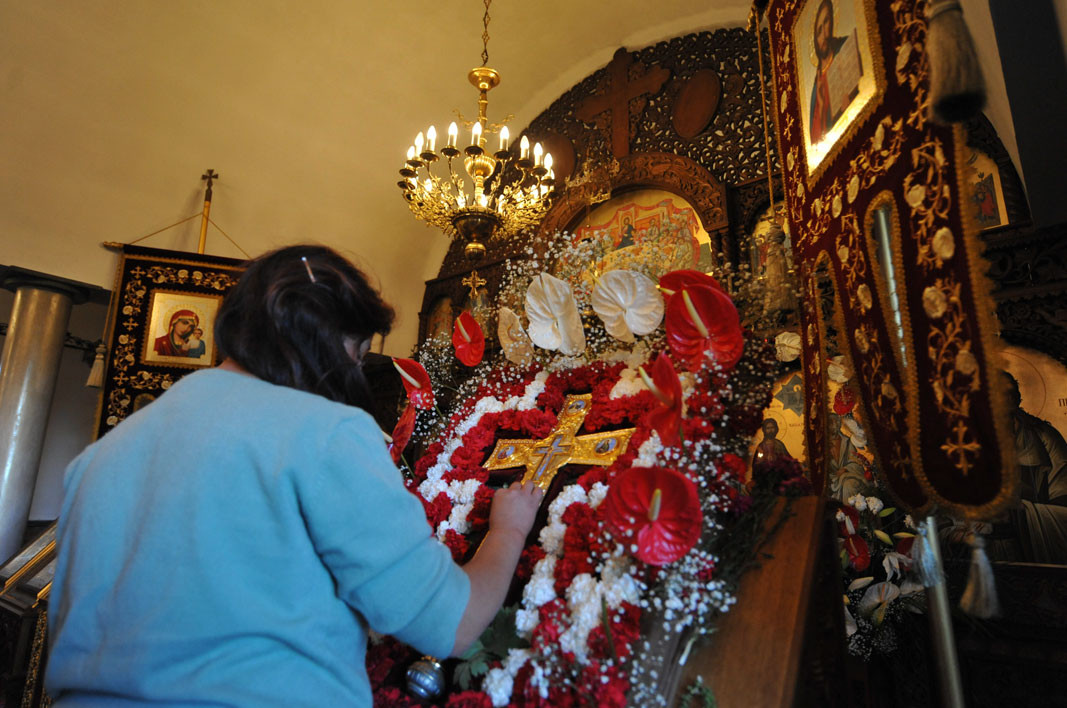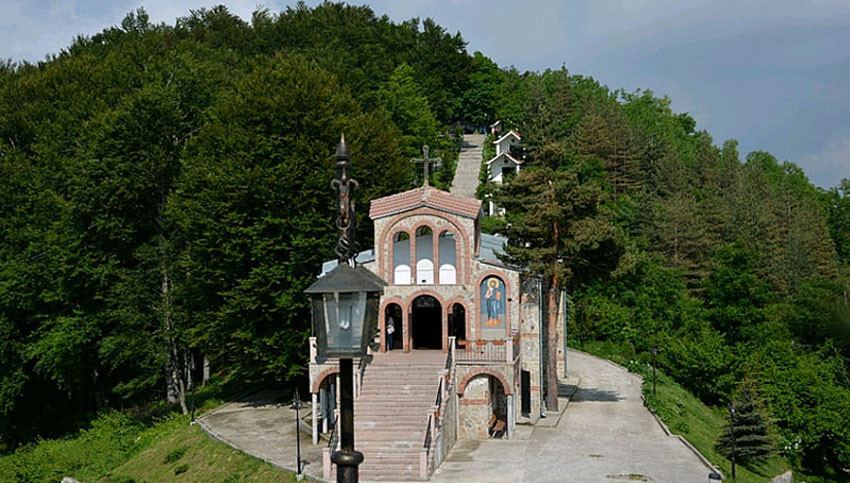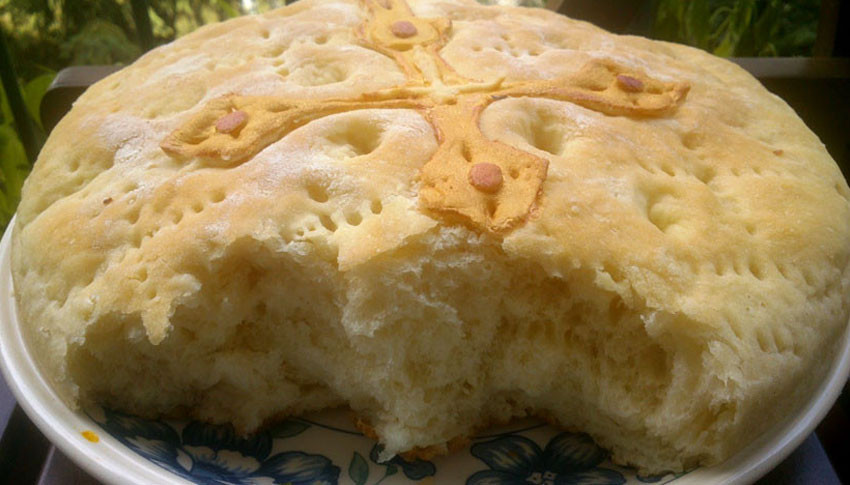On 14 September the Bulgarian Orthodox Church marks one of the big feast days on the clerical calendar – the Day of the Holy Cross – one of four days of the year when believers honour the cross of Jesus. The other days fall on the third Sunday of Lent, the fifth day of Holy Week – Good Friday, and on 1 August – Procession of the Venerable Wood of the Cross.

There are a great many legends connected with the day of the cross. According to one of them, it all started with a woman – the mother of Emperor Constantine the Great, Saint Helena. After searching far and wide, in Palestine she found the tomb where the body of Jesus Christ was laid down. With one of the three crosses she found in it she resurrected a man who had recently died. Saint Helena took a fraction of the cross with her and left the rest at the Church of the Holy Sepulchre. Years later, on 13 September the church was consecrated, and the faithful started to pray before the True Cross and venerate it.
The tradition has been carried over into Bulgaria as well – to Krastova Gora (Forest of the Cross) in the central Rhodope Mountain. Located some 200 kms. from Sofia, Krastova Gora attracts young and old alike – to pray for health and to be healed. It is believed that part of the Holy Cross is buried here.
Bulgarian Tsar Boris III (1918–1943) found out the story of Krastov (Cross) peak in the Rhodopes from a hermit who had dedicated himself to God. The hermit told him that he had been having visions that part of the Holy Cross lay hidden beneath the peak where there once rose a monastery which had been razed to the ground by the Turks during a raid. On that spot, according to his vision, a tall metal cross had to be erected.

On 1 May, 1936 a metal cross was put up on the mountain top, and after it was consecrated, a white dove led the crowd to the Western side of Krastov peak, and from the spot where it landed water gushed. That is why a second metal cross was erected there, and a small chapel, built on donations. In 1994 the cross donated by Tsar Boris III disappeared. It was found in the woods, and seven months later was placed inside the new church built there.
According to tradition a strict fast must be observed on Holy Cross Day, and the eldest woman of the house must bake a special ritual loaf of bread.

In farming, the Day of the Cross marks the start of the autumn farming season with the sowing of the winter crops. In some parts of the country this day is also known as grape-picking day, because it gives the start to grape-picking season.
Photo: BGNES, libraryOver 150 exhibits from 14 Bulgarian museums will take part in an exhibition entitled "Ancient Thrace and the Classical World" . The exposition will be opened on November 3 at t he Getty Museum in Los Angeles and will continue until March 3, 2025...
On October 26, the Bulgarian Orthodox Church marks the Day of Great Martyr St. Demetrius of Thessaloniki, considered one of the greatest saints. In Bulgaria, his name is also associated with the restoration of the Second Bulgarian..
Exactly a year ago, the Bulgarian Orthodox Church established a new holiday in the church calendar - the Glorification of the holy relics of Saint Euthymius, Patriarch of T a rnovo . According to church sources, the last..
Today, 6 November, marks 104 years since the annexation of the Western Outlands in 1920. Traditionally Bulgarian territories in south-eastern Serbia and..
The Days of Croatian Archaeological Heritage, which will last until 8 November, begin today at the National Archaeological Institute with Museum at the..

+359 2 9336 661
